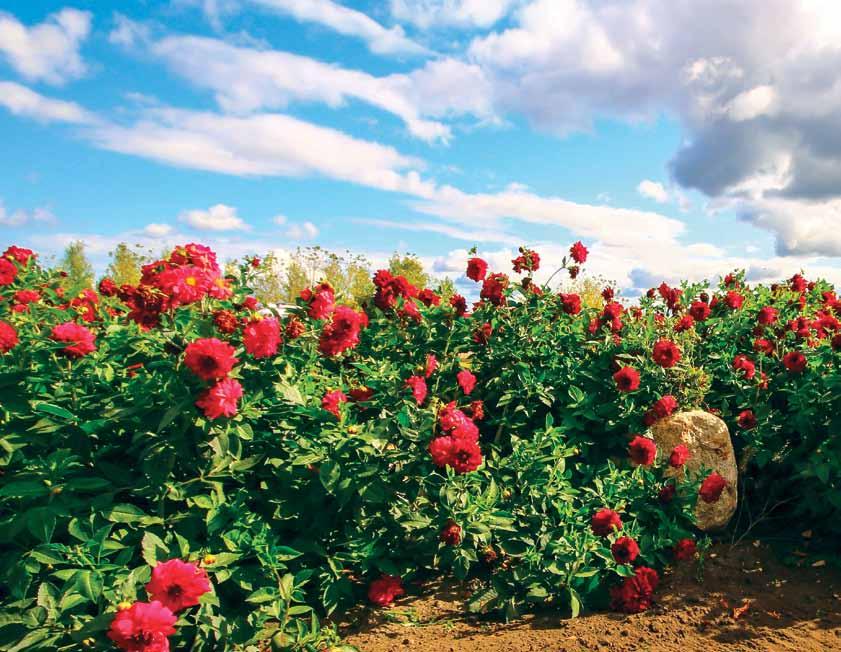
9 minute read
Dallying with Dahlias
Da llying with dahlias the delightful dicotyledon Ka rin melberg schwier Lillian lane
When Larry met Val in 2012, he knew in his heart the relationship was the real thing. But just to seal the deal, he took a chance and showed her his big dahlias. She was not only impressed; it turned out she was a dahlia lover, too. “When we drove out to his place near Delisle, it was an unbelievable sight. The dahlias were so big I thought they were rose bushes. I’ve always just loved them.”
Advertisement
Larry and Val have grown dahlias for nearly 40 years. Some people remember this particular flowering plant as big, bushy and colourful on farms and small-town plots, a traditional staple in Baba’s garden. But they’re equally at home and ‘trendy’ in urban flowerbeds today. The dahlia is a retro plant that has blossomed again with new popularity, a bit like the old hollyhock staple of every farm garden.
“Dahlias are so easy to plant,” Val insists. “I just dig a random hole, stick the tubers in and that’s it. They’re an excellent plant for filling up a big garden space and the large blossoms are so pretty.”
Sunflower Family
The dahlia, Mexico’s national plant, is named in honour of Swedish botanist Anders Dahl. The Mexicans have loved it since Aztec times, and it is used for ceremonies and décor.

The tubers are edible (petals too) and are featured in many dishes. The dahlia is a member of the sunflower family along with daisy, chrysanthemum and zinnia cousins. The plant is an annual, but the tubers can be dug and planted again and again. It does well in the newly defined Zone 3b. Saskatoon falls into this new hardiness zone.
Variety of Shapes and Sizes
Dahlia breeders have come up with a seemingly i nexhaustible range of possible bloom shapes, sizes and presentations. Double blossoms show off more than one colour in a single bloom. The blooms are actually composites of individual flowers arranged around the pistil. Some can resemble orchids, peonies

and sunflowers, and others like tightly compact concentric loops that look for all the world like skillful Spirograph compositions.
Plants can be miniature, perfect for along a garden path. Medium growth of 15 to 32 inches provides a






useful backdrop or hedge, and the big ones loom up to six feet tall. Those plants require staking or they’ll keel over in a wind. Some blooms are small; others can grow up to a plate-sized diameter. There are stripes, pastels and vibrant varieties. For Val, the scarlets are a perennial favourite. She thinks the variety is ‘Taratahi Ruby’.
“We’ve had the most luck with these,” she explains. I’ve bought many other varieties but I keep going back to red and have
Proudly Celebrating Years in Business 21
saskatoons leader in maintenance free outdoor living
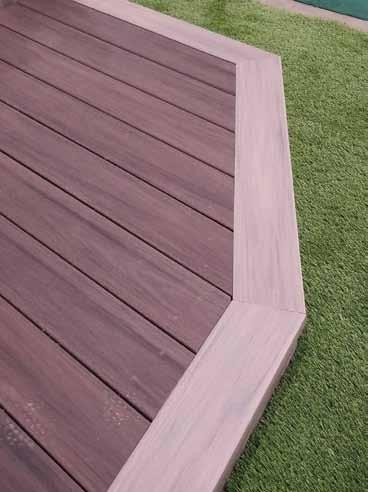
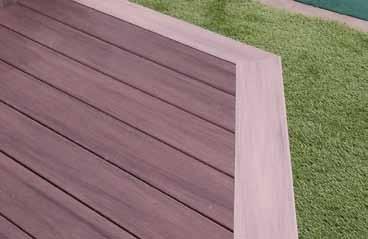
To learn more about all of our high quality deck and fence options scan here
vinylguys.ca 306-341-9292
C E L E B R A T I N G 11 YEARS
www.cadvantagedesign.com
Building Design Drafting services CuStom Home/CABin DeSign ADDitionS & RenovAtionS 3D LASeR SCAnning (AS-BuiLtS) LigHt CommeRCiAL
Call or Email: (306) 384-9288
From “What is the approximate cost to renovate an existing home?” To “My project is a mess and I need help.”
With four decades of experience, Reno Consultant Dave anDeRChek works with all sides of the home renovation industry (homeowners, general contractors, trades, and more) offering advice and recommendations throughout the process. renoconsultantDA@hotmail.com Fee structure can be hourly, 1/2 day and daily rates.
Val says dahlias are an excellent plant for hardy garden borders.


found they multiply the best.” In fact, these red are the great grandchildren of the original dahlias Larry had, tubers that he would dig up and move to his next property. Often disappointed with store-bought “small like a peanut” tubers, Larry says, “They just don’t do as well for us here.”
The ‘dicotyledon’ name refers to the fact the flowering plant has two leaves in the embryo, like beans, peas or potatoes.
“They just bloom non-stop from July to the end,” says Val. “It’s so great to see your flower gardens and pathways continually bloom when everything else is coming to the end of its cycle.” Dahlia, apparently,

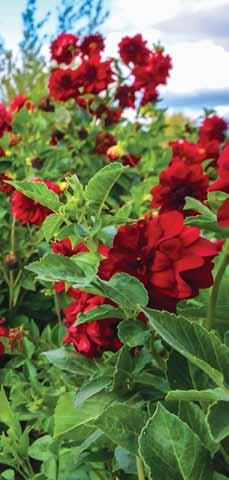
Hardy for the Prairies
With 42 species, the dahlia is hardy and robust for Zone 3b, but it doesn’t like cold toes and with so much water stored in the stalk, an early frost will bring it to its knees. “The dahlias will still be blooming long after my other perennials die off in the fall,” says Val. They extend the season with colour right up to freeze-up. “But when the frost is too much, they will blacken right away. We cut them off, but we wait a week or two to dig.” So while the hardy dahlia stands up well during the growing season, it needs some help to hibernate for the winter.
Don't Do it Yourself, Let us do it for you.
Renovation • Basement DeveLopment RestoRation incLuDing Hai L, FLooD, Fi Re Damage Repai R
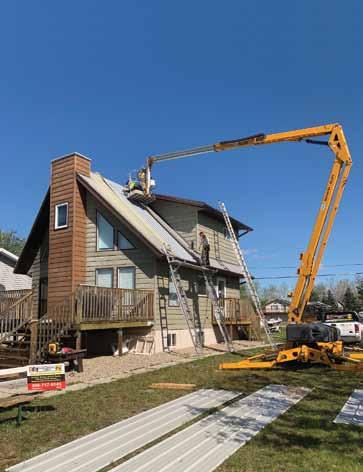
Now offeri N g Restoration Services!
306-717-6145 www.ddiysask.ca Please come and see us at Homestyles for a chance to win 2 weekend passes to Country Thunder. a+ Rating

JUST SOLD!

Property Evaluations | Expert Listings Dedicated to Searching for Your Perfect New Home Specializing in Residential Real Estate in Saskatoon and surrounding area. www.HomeHunt101.ca
March 25 - April 8, 2020 | Main Stage persephonetheatre.org | Box Of f ice 306-384-7727 Remai Arts Centre 100 Spadina Crescent East MARCH 25 - APRIL 8, 2020 2 ACTORS, 15 CHARACTERS


MARCH 24 - 29, 20202 THIS GUY ROBBED A BANK?
Also Licensed for Farm & Commercial Real Estate.
How may I assist you?
d o' s
D ahlia
d o n ' ts
D ahlia
× Dahlia like full sun and well-drained, slightly acidic soil. × They’re a hardy plant and can survive in dry conditions, but they grow larger with some hydration. They are natural-born conservationists and store a lot of water in big stalks. × Deadheading keeps up appearances, but Val says they bloom vigorously even if she doesn’t have time to trim the spent blooms. × Because of that water, hard frost is not a friend. Cut back, but leave the tubers in the ground for another week or two to harden them. × Dig and lay out in the garage or basement until thoroughly dry, then store in gunnysacks in a root cellar or other cool dry area for the winter. × Sprinkle the petals on salads. They’re edible. If you’re keen on tasting the tuber, you’ll find it similar in flavour to artichoke, jicama or celery. The taste becomes sweeter when tubers are stored for a time. × Plant lots! They are nectar and pollen-rich so important pollinators like honeybees will gravitate to them.
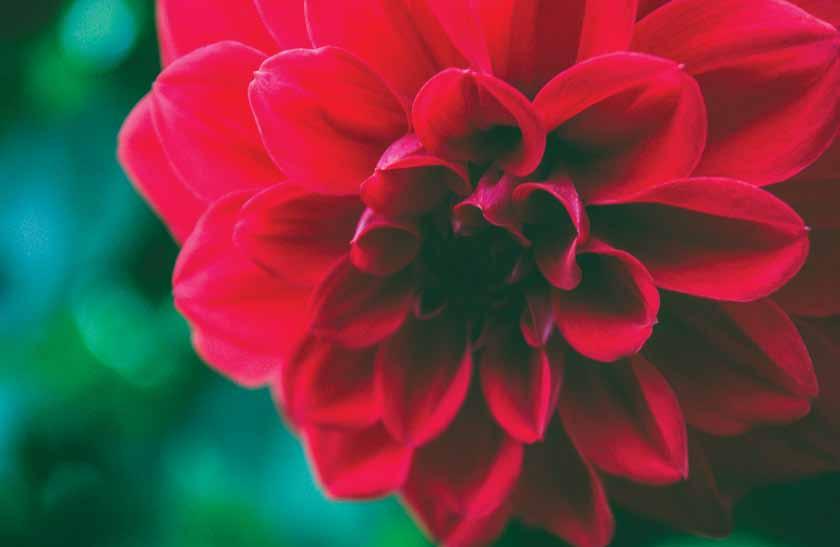
× For large plants, don’t separate the tubers after digging in the fall. Some ‘root balls’ measure 12 X 12 inches. They are easily split if more plants are desired. × Understand what sizes are available and plant in the right place. A six-footer along the garden path is going to look like Clark Griswold’s oversized Christmas tree. × Dahlia like water, but overwatering can easily lead to rot. The plant likes to pull water up into its stalk. It seems fine, until it suddenly decomposes. × Store tubers for winter only after thoroughly dry. If separating tuber clumps, don’t cut individual tubers (as you would a potato). Leave tubers intact.
After the frost kills the plant, tubers left in the ground for a while before they’re dug up will store more successfully.
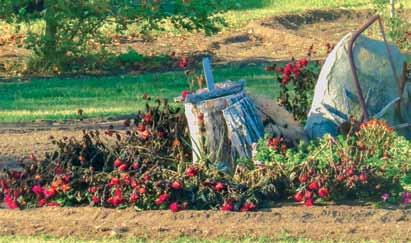

Divide and Conquer
Dahlia roots are not a central tap (think carrot). These group in a clump of finger-like tubers, though some can look a bit like brownish beets or sweet potatoes. Dividing for new plants easy. But in order to grow next season, the tuber must have a bud or an ‘eye’ like a seed potato to produce a new plant.
“Waiting a bit after the freeze to dig just makes for healthier plants next year,” Val says. Because these plants are so robust, the tuber clumps are often too big to carry in a pail. “I have to split them with a spade, and gather them all up with the half ton truck,” says Val. “For several years, Larry had about ten gunny sacks full each fall but because these are so healthy, they propagate and now we deal with about 30 bags. We dry, separate if we want more plants, and then store.”
Some people would view this harvest as a lot of work, but Val and Larry love the plant so much, it’s almost like caring for beloved livestock.
A Dahlia Duo
Larry and Val discovered a shared love of dahlias seven years ago. They share an affinity for gardening— flowers and vegetables—and manage a huge garden and heated greenhouse. Val starts planting inside in mid-March. Friends and neighbours share the bounty these two produce and often take home clumps of tubers to start their own dahlia generation.













